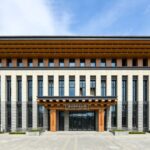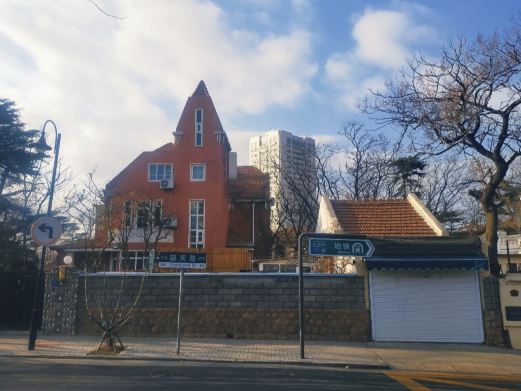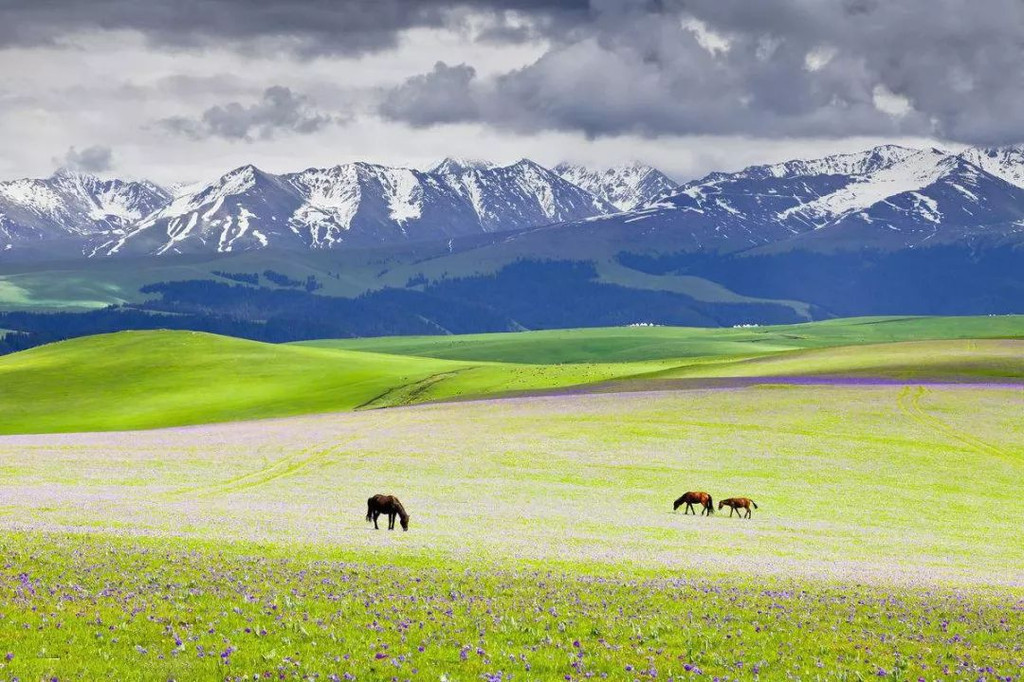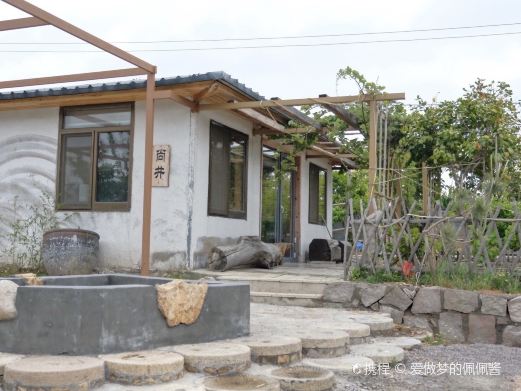Zhan Mountain Temple is located at the southwestern foot of Zhan Mountain and the eastern slope of Taiping Mountain in the eastern part of Qingdao City. It was planned in 1933 and completed in 1945, covering an area of 23 acres. Construction began in 1934 with funds raised by Buddhist devotees and was completed in 1944, spanning a decade. Affiliated with the Tiantai Sect of Buddhism, the temple’s first abbot was the renowned contemporary monk Yanxu, who founded the Zhan Mountain Buddhist College. It was said that at the time, eminent monks from all over the country came to preach, and the temple flourished with the gathering of Buddhist followers and believers, becoming widely known far and wide.
At the beginning of its establishment, the temple aimed to cultivate talents to promote Buddhism with the tenet of ‘preaching Tiantai and practicing Pure Land.’ In 1940, the ‘Qingdao Zhan Mountain Buddhist School’ was established. Many moral and virtuous monks from across the country came to lecture here, making Zhan Mountain Temple famous both domestically and internationally. During the school’s operation, the Master Hongyi, a well-known literary figure and artist in China, came to lecture here. Hongyi, also known as Li Shutong after becoming a monk, was a famous monk in the study of Buddhist precepts. He was ordained at the Tiger Run Temple in Hangzhou in 1918 and came to Zhan Mountain Temple to lecture in 1937 at the invitation of Danxu. Visitors came in an endless stream to meet him.

Zhan Mountain Temple is situated between Taiping Mountain and Zhan Mountain, with different scenery in each season, especially in summer and autumn when one can truly appreciate the poetic imagery of ‘a corner of Zhan Mountain feels like autumn in summer.’ When visiting Zhan Mountain Temple, the temple’s pond in front is a must-see. Here, a pool of clear water is surrounded by blooming lotus flowers in summer and low-hanging willow leaves.
Zhan Shan Temple is located in a scenic spot, attracting a constant stream of visitors, especially on the Bathing Buddha Festival on the fourth day of the fourth lunar month when the temple fair is crowded with tourists.
Zhan Shan Temple, with its unique location amidst modern cityscapes, radiates a sanctified brilliance.
The ever-burning green lamps and the timeless chanting of Zen hearts allow modern people to experience a sense of mysterious inspiration and an understanding of immortality.
Opening hours are from 09:00 to 16:00 all year round.









